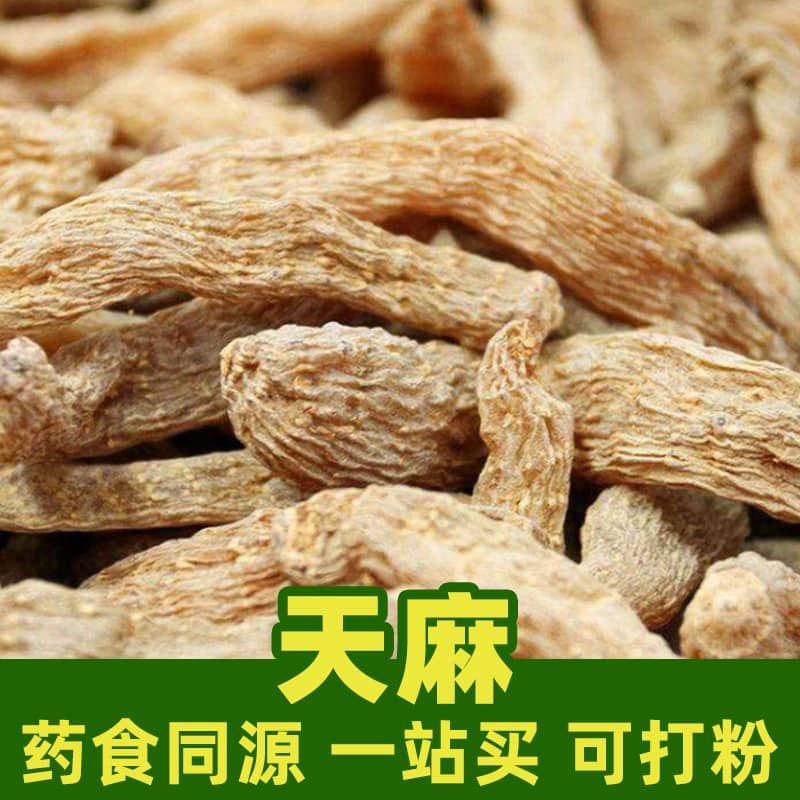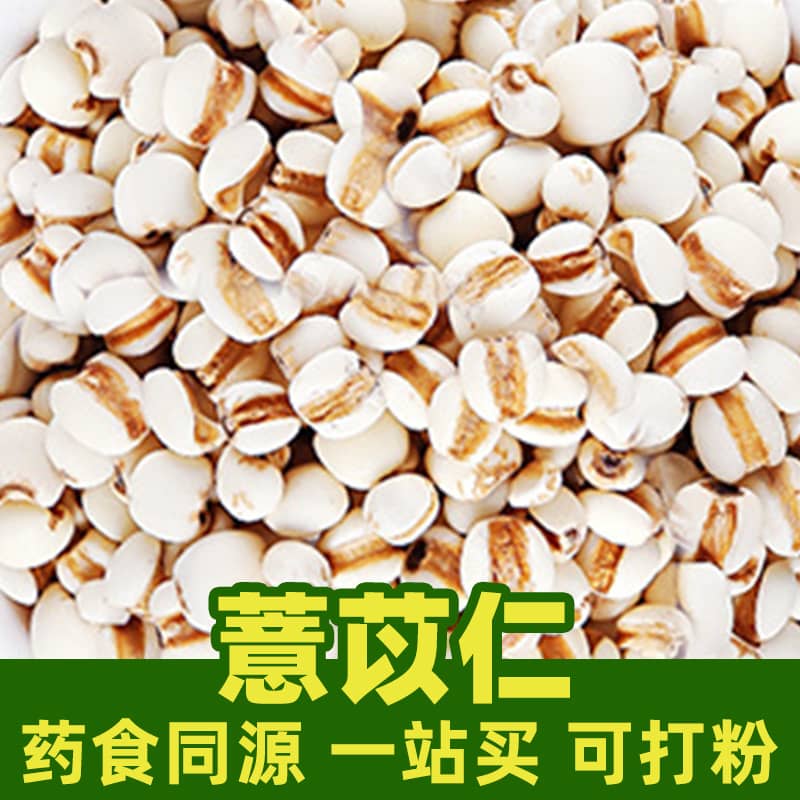Product Introduction
Mulberries are the fruit of the mulberry tree, round or oval in shape. When ripe, they are dark purple or red, with a smooth surface and a sweet-tart flavor. They are primarily found in Asia, Europe, and North America. Mulberries are rich in various nutrients, including vitamin C, vitamin E, carotenoids, polyphenols, dietary fiber, minerals, and antioxidants. They have a sweet and sour taste, slightly cold nature, and are associated with the Liver, Kidney, and Spleen meridians.
Mulberries have the benefits of moisturizing the lungs, relieving thirst, nourishing the yin, and enriching the blood. They are commonly used to treat cough, thirst, anemia, and related symptoms. They can be eaten fresh or made into preserves or jams for long-term storage. To maintain their quality, mulberries should be stored in a cool, dry, and well-ventilated place, avoiding moisture and mold.
Main Active Ingredients
Mulberries contain a wealth of nutritional and medicinal components. Vitamin C is one of the main components, providing antioxidant and skin-enhancing benefits. Vitamin E and carotenoids also contribute to overall health. Additionally, the polyphenols in mulberries are antioxidants that offer anti-aging and anti-inflammatory benefits. Dietary fiber aids digestion and bowel movements and helps regulate blood sugar and blood lipids.
Application Scenarios and Usage
Mulberries are widely used in the food industry. They can be eaten fresh as a fruit or added to various foods and beverages, such as juices, wines, and pastries. Additionally, mulberries can be made into preserves and jams for long-term storage.
When used in food processing, the amount can be adjusted as needed. Generally, consuming a moderate amount of mulberries daily is sufficient, but the specific amount should be determined based on individual health conditions and preferences.
Source Plant Introduction, Distribution, and Growth Environment
Mulberries come from the mulberry tree (scientific name: Morus), primarily found in Asia, Europe, and North America. The mulberry tree is a deciduous tree or shrub that thrives in warm, moist climates. It can adapt to various soil types but prefers fertile, well-drained soil. Mulberry trees typically grow in sunny locations, such as hillsides, riverbanks, and field edges.
Harvesting, Processing, and Storage
Mulberries are typically harvested when they ripen in the summer, turning dark purple or red. After harvesting, they can be eaten fresh or processed.
To maintain the freshness and quality of mulberries, they should be stored in a cool, dry, and well-ventilated place. Fresh mulberries can be refrigerated, or made into preserves or jams for long-term storage.
Monica Sun is a seasoned expert in the natural raw materials industry, with over a decade of experience specializing in traditional Chinese medicinal herbs, spices, and fungi. She is skilled in the sourcing, processing, and application of these materials, emphasizing sustainability and innovation. Monica Sun has contributed to the development of high-quality natural raw materials that serve as essential components in functional foods, pharmaceuticals, and cosmetics, delivering tailored solutions to meet diverse market needs.

















